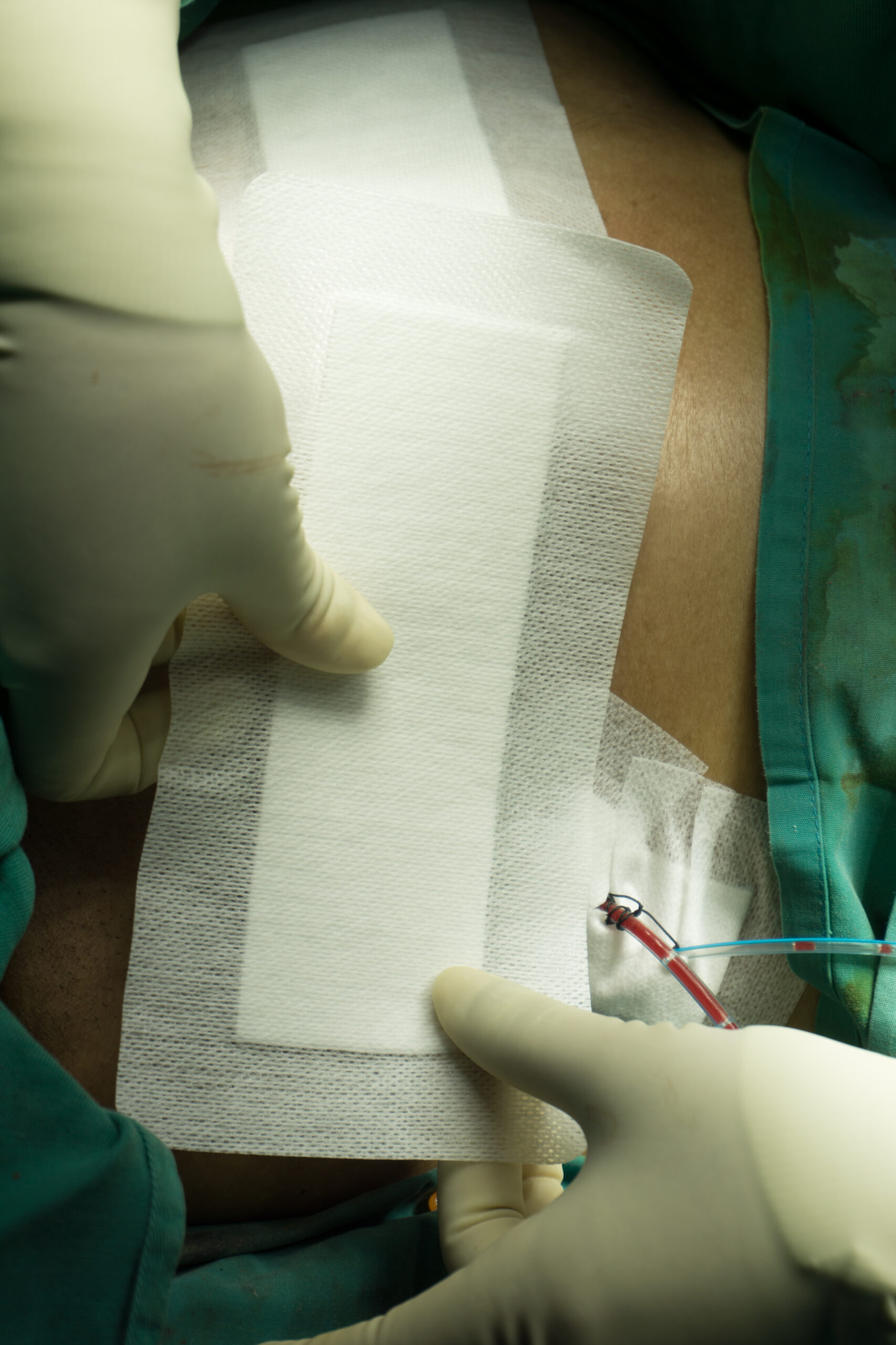Surgeons design implant coating to combat infections

Editor's Note: A point-of-care, antimicrobial coating for orthopedic implants could soon make implant-associated infections a problem of the past, UCLA Health reported on January 3. Developed by two UCLA surgeons, the coating is designed to kill or slow the spread of micro-organisms in order to prevent post-surgical infections. According to…
Study: Bacterial transmission in anesthesia work area increases SSI risk
Editor's Note Recent research delved into the connection between the transmission of antibiotic-resistant bacteria in the anesthesia work area and the occurrence of surgical site infections (SSIs), Anesthesiology News July 19 reports. While it was previously recognized that reducing microbial transmission through the anesthesia work area is crucial for preventing…
SSI rates before, after reuse of PPE during pandemic
Editor's Note This study from Trinity Health, Ann Arbor, Michigan, compares prepandemic surgical site infection (SSI) rates before reusing personal protective equipment (PPE), to pandemic SSI rates after reusing PPE in trauma surgical patients. A total of 48,987 patients were included in the analysis, with half in the postpandemic group.…
SSIs in children having nonemergent surgical procedures
Editor's Note This study, led by researchers at Boston Children’s Hospital and the American College of Surgeons, finds that a small number of surgical procedures account for a disproportionate number of surgical site infections (SSIs) in elective pediatric surgery. This multicenter analysis included SSI data from 90 hospitals and 11,689…
Automatic vs direct observation monitoring of OR traffic
Editor's Note This study by researchers from the University of Pittsburgh, UPMC Mercy, examines OR traffic monitoring with direct observation and an automated counter. Direct observations were collected during neurosurgical procedures and included OR traffic, hand hygiene, and information on the type of healthcare worker and reason for traffic. Automated…
Study: Pediatric SSI rates in the US
Editor's Note This study led by researchers at Stanford University School of Medicine, Palo Alto, California, examines annual pediatric surgical site infection (SSI) rates among 287 US hospitals between 2015 and 2018. Overall, 27,433 surgical procedures were included in this study. The average annual SSI rates were highest for colon surgery…
Use of AI to predict risk of HAIs
Editor's Note This study led by researchers at the Mayo Clinic Arizona finds that a healthcare associated infection (HAI) risk prediction artificial intelligence (AI) model can estimate individualized risk of infection by taking into account a patient’s clinical features and features of similar patients. The model was trained on 38,327…
SHEA: Strategies to prevent SSIs updated
Editor's Note The Society for Healthcare Epidemiology of America (SHEA) has updated the Strategies to Prevent Surgical Site Infection in Acute Care Hospitals, which was published in 2014. The update highlights practical recommendations designed to assist acute-care hospitals in implementing and prioritizing their surgical site infection (SSI) prevention efforts. Among…
SSI prevention in ASCs

Surgical site infection (SSI) surveillance has rapidly grown in the ambulatory setting over the last decade, with the expansion of the Centers for Disease Control and Prevention’s (CDC) National Healthcare Safety Network’s (NHSN) Outpatient Procedure Component (OPC). OPC-SSI is designed to track and monitor SSIs in ambulatory surgery centers (ASCs)…
Effect of COVID-19 precautions on postop SSIs
Editor's Note This study from the Mayo Clinic finds that perioperative COVID-19 precautions did not significantly reduce the risk of surgical site infections (SSIs). The analysis included 29,904 patients who had colorectal, hysterectomy, hip, and knee prosthesis procedures at the Mayo Clinic’s multicenter institution between January 1, 2018 and December…

 Free Daily News
Free Daily News